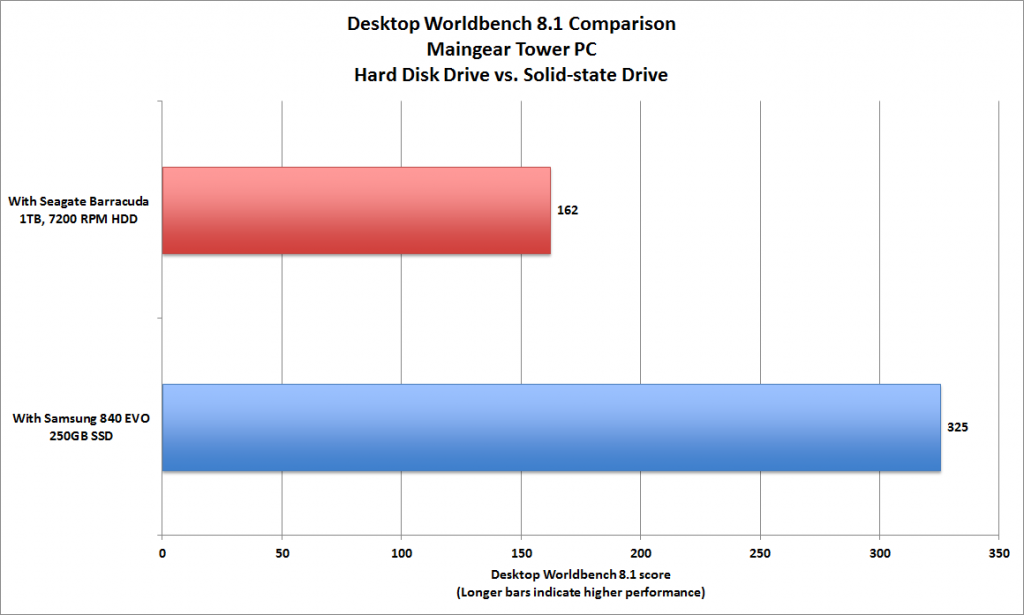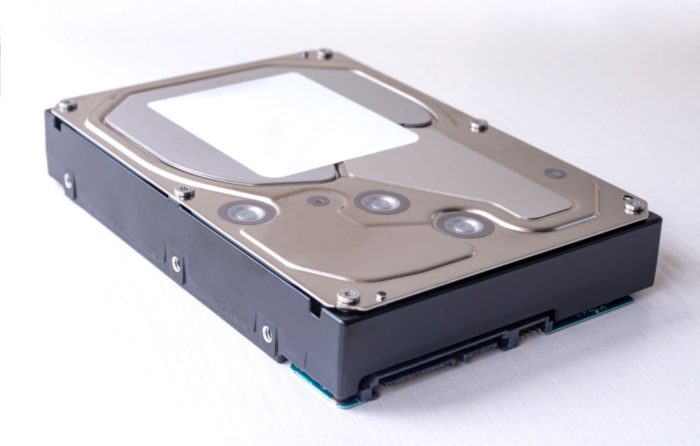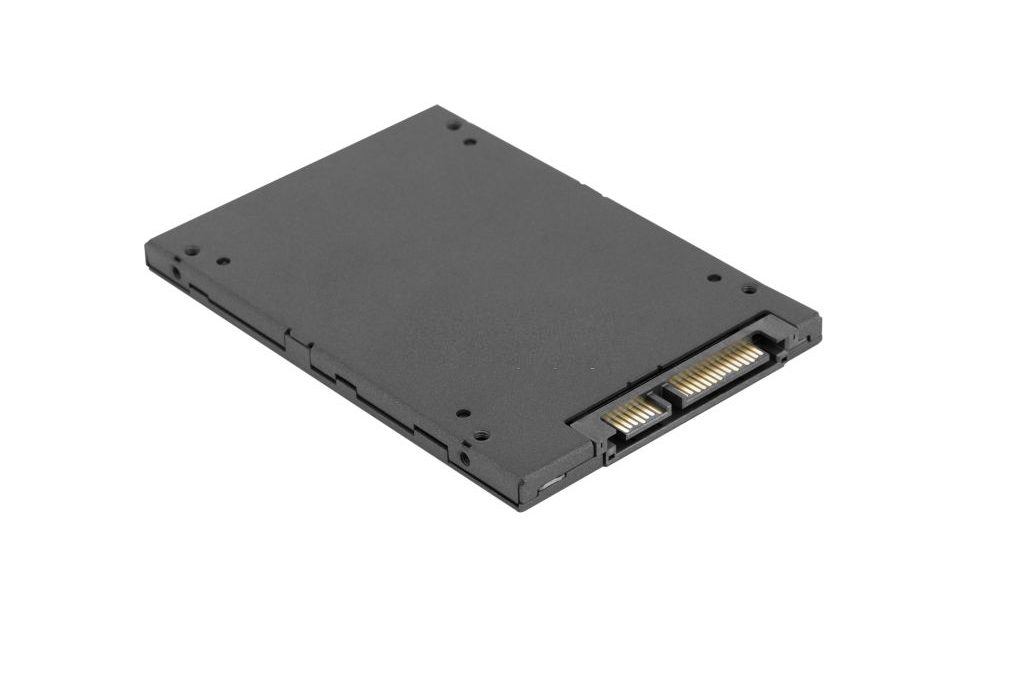As an IT services provider in Phoenix, we spend a lot of time upgrading hardware. On that note, we will dive in and discuss the two different types of drives you may be slightly familiar with, the SSD, solid-state drive, and HDD, hard disk drive.
A hard disk drive, HDD, is a device that stores memory. Often people use this as the primary storage in their computers. It’s old school, uses disk platters, and tends to be noisy. The read-and-write disk platters do the work of modifying or just reading your data. Most people still use this technology because it’s cheap, they are uninformed, and their computers come with one installed.
Table of Contents
SSD Versus HDD
An SSD is a storage device that does all the work that an HDD does but is stored in solid-state memory. SSDs were developed to speed up the process of reading and writing data. SSDs work differently because they have no moving disk platters. They read and write data magnetically. Check out our comprehensive findings below:
Speed

Solid-state drives blow HDDs out of the water when it comes to speed. Check out this benchmark chart above.
What matters most when using a computer for personal or professional use? Speed is the one main thing that all of us need. Our daily routine, more often than not, requires us to do everything as quickly as possible. When comparing these hard drives, we can see a difference in data reading and writing speed. The HDD is much slower compared to the SSD. An even greater benefit of SSDs is that even the cheapest model is faster than a good HDD.
Price

SSDs are still more expensive than HDDs. The performance you get with an SSD far outweighs the extra amount you’ll pay.
Let’s take a closer look at prices. SSD prices have been falling for the past few years. It seems crazy, but you can now get an SSD that was $250 a couple of years ago for around $60 today. That’s a 75% savings! As an IT services provider in Phoenix, we can not recommend switching over enough. SSDs will take your computer to the next level, guaranteed!
Power Consumption

A solid-state drive uses considerably less power than an HDD, as seen in the chart above. We know this is an old chart, but rest assured that solid-state drives’ power consumption has only improved with age.
Another benefit of switching to a solid-state drive is that it uses less power. When you are using a laptop, the difference is visible. The SSD saves your battery, allowing you to work longer, while the HDD will drain it quickly. Lucky for you, companies are more dedicated to putting solid-state drives in their laptops instead of HDDs. This allows users to have a thin and lightweight notebook.
Heatsink

Since solid-state drives have no moving parts, they run much cooler than traditional HDDs.
Have you ever been using a laptop on your lap and noticed a burning sensation? This is caused by your HDD heating up. The solid-state drive won’t heat up even when using software that uses a ton of GPU.
Going over the pros and cons of each, we lean heavily towards investing in a solid-state drive. You can thank us later. If you need more hardware info, send us a message. If you need IT services in Phoenix and the surrounding areas, call us at 480-493-5999. Feel free to share this article with anyone interested; comments are always welcome!

